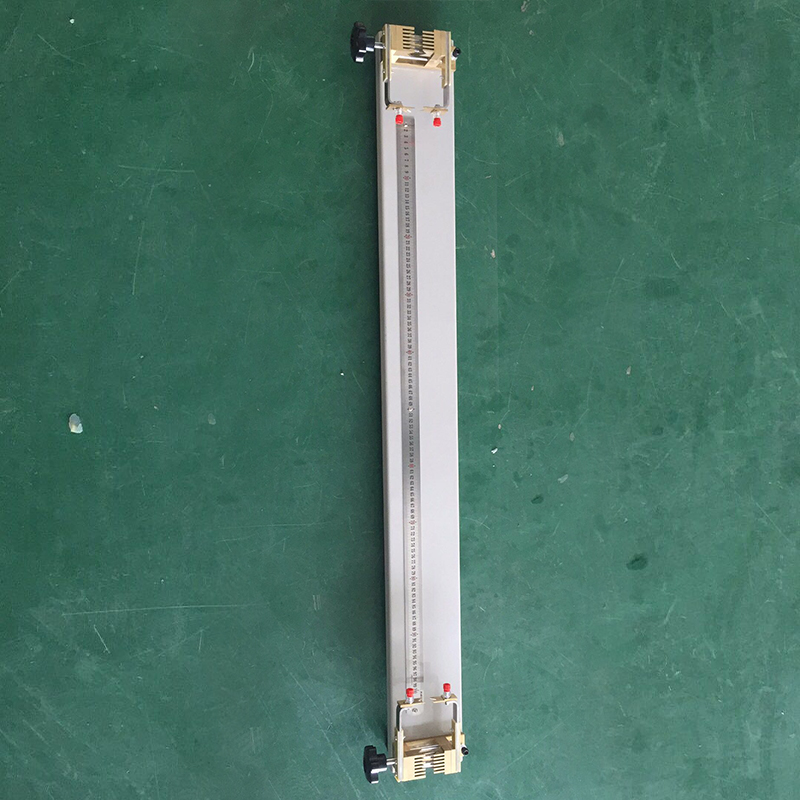single cable combustion tester
Understanding Single Cable Combustion Testers A Vital Tool for Fire Safety
In today’s world, safety standards are paramount, especially when it comes to electrical installations and devices. Among the various tools and testing methods in use, the single cable combustion tester stands out as a crucial instrument for assessing the fire safety of electrical cables. This article delves into the importance, working principles, and applications of single cable combustion testers, highlighting their role in ensuring compliance with safety regulations.
What is a Single Cable Combustion Tester?
A single cable combustion tester is an apparatus designed to evaluate the flammability and combustion behavior of individual electrical cables under controlled conditions. This testing is vital to understanding how a cable reacts to fire and contributes to overall fire risks in different environments, particularly in commercial and residential buildings. The tester subjects the cable to a flame and measures various parameters, including ignition time, flame spread, smoke generation, and toxic gas emissions.
Importance of Fire Safety Testing for Cables
Electrical cables are often made from materials that can be highly flammable. In the event of a fire, the ability of a cable to withstand heat, resist ignition, and limit the spread of flames can significantly impact the overall fire hazard in a building. Testing the combustion properties of cables helps identify those that are safer for use in environments where fire risks are a concern. Furthermore, regulatory bodies and insurance companies often require testing data to ensure that installations meet fire safety standards.
Testing Procedure
The testing process with a single cable combustion tester typically follows a standardized method. The cable under examination is placed in a testing chamber where it is exposed to a controlled flame. Various aspects are recorded during the test, such as
1. Ignition Time The time taken for the cable to ignite after exposure to a flame. 2. Flame Spread The distance that the flame propagates along the cable. 3. Smoke Production The volume and density of smoke emitted during combustion. 4. Toxic Emissions Assessment of hazardous gases released, which can contribute to smoke inhalation risks.
single cable combustion tester

These measurements provide vital data for manufacturers, helping them design and produce cables that adhere to fire safety standards.
Regulatory Compliance
In many countries, regulations govern the fire safety of electrical cables, often requiring third-party testing and certification. Organizations such as Underwriters Laboratories (UL) in the U.S. and the British Standards Institution (BSI) in the U.K. set stringent standards that cables must meet to be deemed safe for consumer use. The results from single cable combustion tests ensure that products comply with these regulations, helping manufacturers avoid penalties and liability issues.
Applications of Single Cable Combustion Testing
Single cable combustion testers are widely used in various industries where the risk of fire from electrical installations is a concern. Key sectors include
1. Construction Ensuring that electrical infrastructure in new buildings meets safety standards to protect occupants. 2. Automotive Testing cables used in vehicles to prevent fire hazards that could arise from electrical faults. 3. Aerospace Ensuring that cable materials used in aircraft can withstand extreme conditions without posing fire risks. 4. Home Electronics Testing consumer electronics and appliances to safeguard against potential electrical fire hazards.
Conclusion
As the demand for safer electrical installations continues to rise, the relevance of single cable combustion testers cannot be overstated. These devices play a crucial role in fire safety testing, providing essential data that manufacturers and regulatory bodies can use to ensure compliance with safety standards. By understanding the combustion properties of cables, stakeholders can minimize fire risks and enhance overall safety in both residential and industrial environments. Emphasizing robust testing practices will contribute to a safer future, protecting lives and property from the dangers of electrical fires. With advancements in technology, we can expect even more precise and efficient testing methods to emerge, further elevating the standards of safety in electrical applications.
-
Why the Conductor Resistance Constant Temperature Measurement Machine Redefines Precision
NewsJun.20,2025
-
Reliable Testing Starts Here: Why the High Insulation Resistance Measuring Instrument Is a Must-Have
NewsJun.20,2025
-
Flexible Cable Flexing Test Equipment: The Precision Standard for Cable Durability and Performance Testing
NewsJun.20,2025
-
Digital Measurement Projector: Precision Visualization for Modern Manufacturing
NewsJun.20,2025
-
Computer Control Electronic Tensile Tester: Precision and Power for the Modern Metal Industry
NewsJun.20,2025
-
Cable Spark Tester: Your Ultimate Insulation Assurance for Wire and Cable Testing
NewsJun.20,2025
 Copyright © 2025 Hebei Fangyuan Instrument & Equipment Co.,Ltd. All Rights Reserved. Sitemap | Privacy Policy
Copyright © 2025 Hebei Fangyuan Instrument & Equipment Co.,Ltd. All Rights Reserved. Sitemap | Privacy Policy
